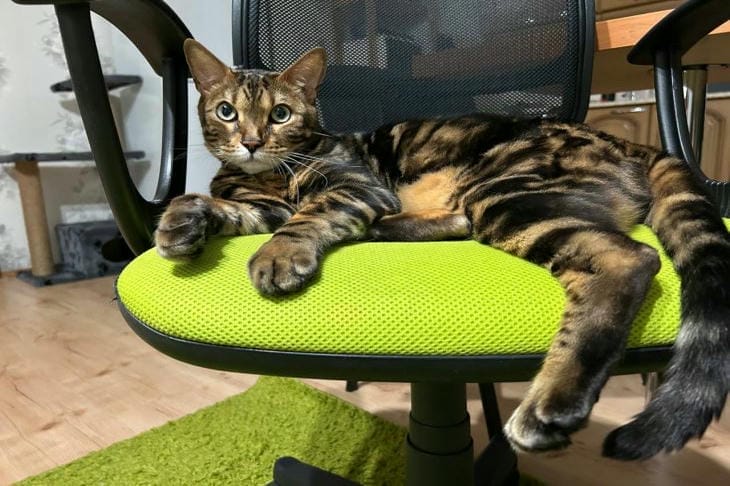Many cat owners face a problem: their pets are terrified of the carrier.
This reaction is understandable, because for a cat, a carrier is often associated with unpleasant events, such as a trip to the vet.
However, there are ways to change your cat's attitude toward the carrier and make its use comfortable for everyone.
Choosing the Right Carrier
The first step to success is choosing the right carrier. It should be spacious enough for the cat to stand up, turn around and lie down. Preference should be given to models with rigid walls and a removable top.
This design allows you to easily place your cat inside without causing stress. It is important that the carrier has good ventilation and is easy to clean.

Creating positive associations
The key to success is to develop positive associations with the carrier in your cat.
The carrier should be left open in the house so that it becomes part of the familiar environment.
You can put a favorite toy or treat inside to attract your pet's attention. Gradually, the cat will begin to perceive the carrier as a safe and interesting place.
Use of pheromones
Using synthetic pheromones can help reduce your cat's stress. Special sprays or diffusers that mimic natural cat pheromones create a sense of security and comfort. Spraying this in and around the carrier can help your cat feel calmer.
Gradual training
Getting your cat used to the carrier should be gradual. You can start with simply being near the open carrier, rewarding your pet with treats.
Then you can try feeding the cat next to the carrier, gradually moving the bowl inside. It is important not to rush and give the animal time to get used to the new object.
Games with carrying
Turning the carrier into a play area will help your cat perceive it positively. You can throw toys inside for your pet to climb to.
Playing with a teaser rod around and inside the carrier also helps to create positive associations.
Comfortable arrangement
The interior of the carrier should be cozy and attractive to the cat. A soft bedding or your pet's favorite blanket will make the carrier more comfortable.
Some cats prefer hiding places, so you can cover part of the carrier with fabric to create a "house" effect.
Short Trip Training
Once the cat begins to calmly enter the carrier, you can begin training short trips. At first, it is enough to simply close the carrier for a few seconds, then you can try to carry it around the room. Gradually, the time and distance can be increased, always ending the training on a positive note.
Use of sedatives
In some cases, natural cat calming agents may help. Herbal supplements or special medications recommended by a veterinarian may help reduce your pet’s anxiety levels. However, their use should be discussed with a specialist.
Patience and consistency
The process of getting your cat used to a carrier can take time. It is important to be patient and not to rush things.
Every cat is different, and what works for one may not work for another. Consistency in actions and a positive attitude from the owner play a key role in success.








